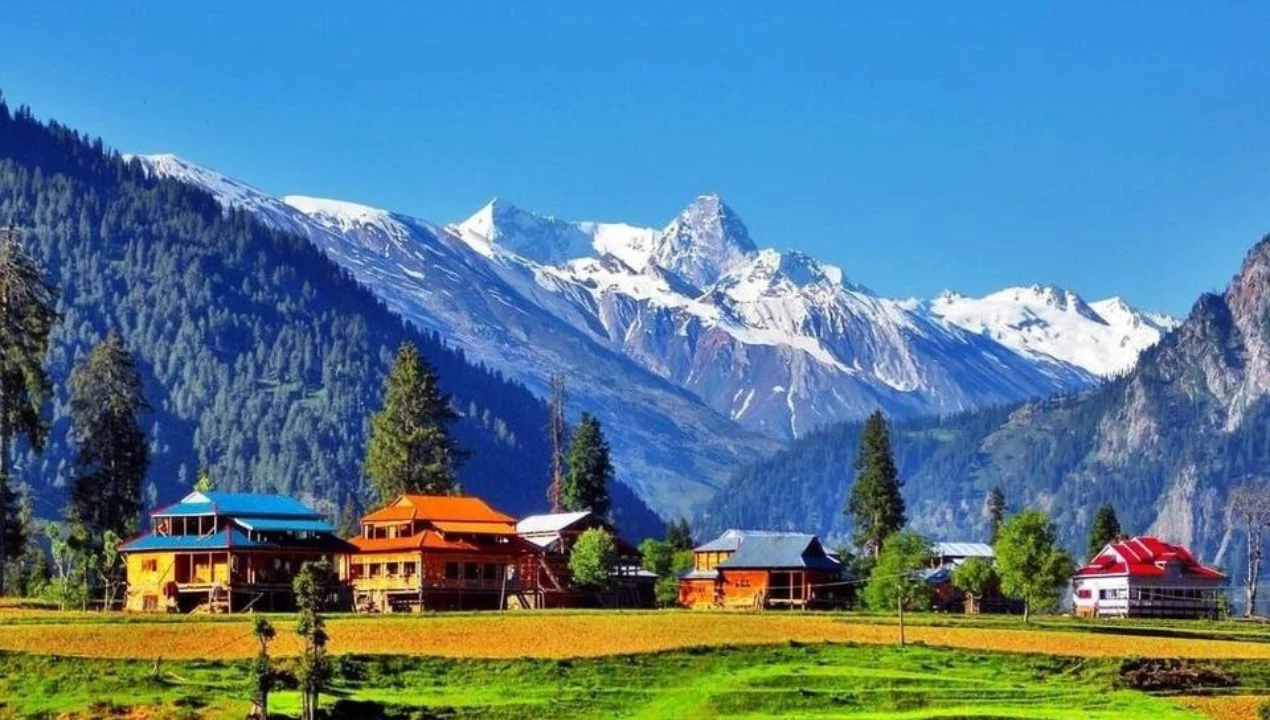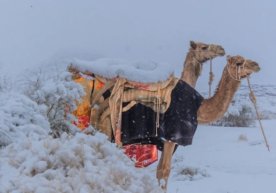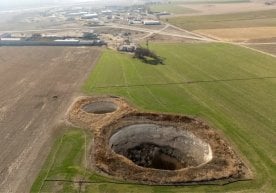
Between September 29 and October 4, 2025, Azad Jammu and Kashmir (AJK), a region administered by Pakistan, experienced a complete shutdown as residents staged a coordinated strike. Organized by the Jammu Kashmir Joint Awami Action Committee (JKJAAC), the protest halted daily life across the region: shops remained closed, public transport disappeared, and nearly four million people faced widespread disruption. Far from being a sudden or externally influenced event, the strike was a calculated response to long-standing grievances. It reflected years of frustration over economic exploitation, inadequate governance, and unmet commitments by federal authorities.
At the heart of the unrest lies a profound disconnect between Islamabad’s policies and the lived realities of AJK’s people. The region, often romanticized as “Azad” or free, has long been tethered to a governance structure that grants the illusion of autonomy while reserving real power for federal institutions. Ministries responsible for electricity, water, infrastructure, and security report directly to Islamabad. The Ministry of Kashmir Affairs acts as a gatekeeper, filtering local needs through federal priorities. Meanwhile, AJK’s legislature and cabinet remain symbolic, lacking authority over the very issues that shape daily life.
This governance model has bred systemic economic injustice, surrounding electricity, wheat, and development in Azad Jammu and Kashmir (AJK). Though AJK contributes significantly to Pakistan’s national infrastructure, particularly through its hydropower generation, it remains mired in economic hardship and administrative neglect. This contradiction lies at the heart of the recent unrest, where citizens have taken to the streets not merely in protest, but in a demand for dignity and equity.
Electricity is perhaps the most glaring symbol of this imbalance. AJK generates nearly 3,000 megawatts of hydropower, a substantial portion of Pakistan’s total output. The Mangla Dam, operational since the 1960s, and the Neelum–Jhelum Hydropower Project, which began production in 2018, are built on rivers that run through AJK and on land surrendered by its communities. Yet, despite being the source of this energy, local households are charged exorbitant rates, often Rs. 30 or more per unit, while the cost of generation is estimated at just Rs. 2–3. This disparity is driven by Independent Power Producer contracts and capacity payments that inflate costs, even when the marginal cost of power is low. Worse still, the priority structure for energy distribution ensures that corporate and federal entitlements are met first, with local needs addressed only as an afterthought. The absence of royalties or compensation for hosting these legacy dams further deepens the sense of injustice. AJK powers the nation, but its own residents remain in the dark, both literally and metaphorically.
The crisis around wheat is equally troubling. As the staple food for most households, wheat should be a guaranteed provision, especially in a region that faces economic constraints. However, the reality is far more grim. Subsidized flour, when it arrives, is often contaminated with stones, dirt, and moisture. The musty smell and poor texture betray inadequate storage and handling, and the rotis made from this wheat carry a taste that confirms its unfitness. Families are forced to choose between consuming this substandard grain or purchasing market-priced alternatives that are prohibitively expensive. At Rs. 120–140 per kilogram, a month’s supply of wheat can consume a significant portion of a wage earner’s income. Adding insult to injury, subsidized wheat is routinely smuggled out of AJK and sold at market rates elsewhere in Pakistan. Trucks travel under the cover of night, and checkpoints are instructed not to stop certain vehicles. The region meant to be a priority consumer becomes a source of profit for others, turning basic sustenance into a daily ordeal.
Development in AJK, despite its strategic importance, remains stunted. The region possesses a legislature, a cabinet, and courts, which on paper suggest autonomy. In practice, however, the ministries that determine the essentials of daily life, power, water, infrastructure, and security, report directly to Islamabad. The Ministry of Kashmir Affairs acts as a gatekeeper, filtering local needs through federal priorities.
AJK has no representation in the national legislature where budgets and laws are passed, creating a dynamic that mirrors colonial extraction: taxation without representation, development without inclusion. This governance model has led to a youth exodus, as many young people leave the region in search of better opportunities. The system offers them no room to build or thrive, and the civic space is constrained by legal and technical censorship. During moments of crisis, the government imposes communication blackouts. Internet services, mobile networks, and even landlines go dark, silencing dissent and preventing coordination precisely when scrutiny is most needed.
These grievances are not new. The current wave of protests is the third major mobilization in two years. The movement began in May 2023, when residents protested skyrocketing electricity bills and flour shortages. By August, these concerns coalesced into a unified resistance. In September 2023, activists from across AJK convened in Muzaffarabad to formally establish the JKJAAC. In May 2024, over a million people, nearly a quarter of the region’s population, took to the streets in the largest demonstrations in AJK’s history. Four people died. Internet services were cut. Paramilitary units were deployed. Yet, the national narrative remained fixated on security, order, and alleged foreign interference.
This framing is not accidental. It is reinforced by legal and technical censorship. AJK’s interim constitutional framework criminalizes dissent against federal policy. Protests require prior approval. During moments of crisis, the internet is shut down. Mobile networks, broadband, and even landlines go dark. Families are isolated. Journalists are silenced. Doctors cannot coordinate. The public square is emptied of communication precisely when scrutiny is most needed.
The JKJAAC’s demands are not radical. Their 36-point charter, presented in September 2025, does not call for independence. It seeks economic justice, governance reform, development, resource protection, and legal guarantees, principles consistent with how federations treat contributing regions. Yet, the federal response has been dismissive, framing the movement as a threat rather than a plea for equity.
The roots of this crisis stretch back to 1947. When the Muslim Conference leadership chose accession to Pakistan, they envisioned a partnership, shared sovereignty, shared benefits, shared burdens. That political and moral bargain has frayed. Today, AJK stands as a periphery mined for resources, governed without representation, and silenced when it speaks. The recent unrest is not merely a protest. It is a reckoning. A demand to honor the promises of federation. A call to treat Kashmiris not as subjects, but as citizens.
Although Pakistan loudly champions Kashmiri rights in global forums, that advocacy rings hollow when the Kashmiris it already administers face unaffordable electricity from local rivers, no royalties from legacy dams, unfit wheat, damaged schools, youth exodus, constrained dissent, and a press under threat. The state appears more interested in territory than in the well-being of its people.
Read “Zamin” on Telegram!Users of Меҳмон are not allowed to comment this publication.














